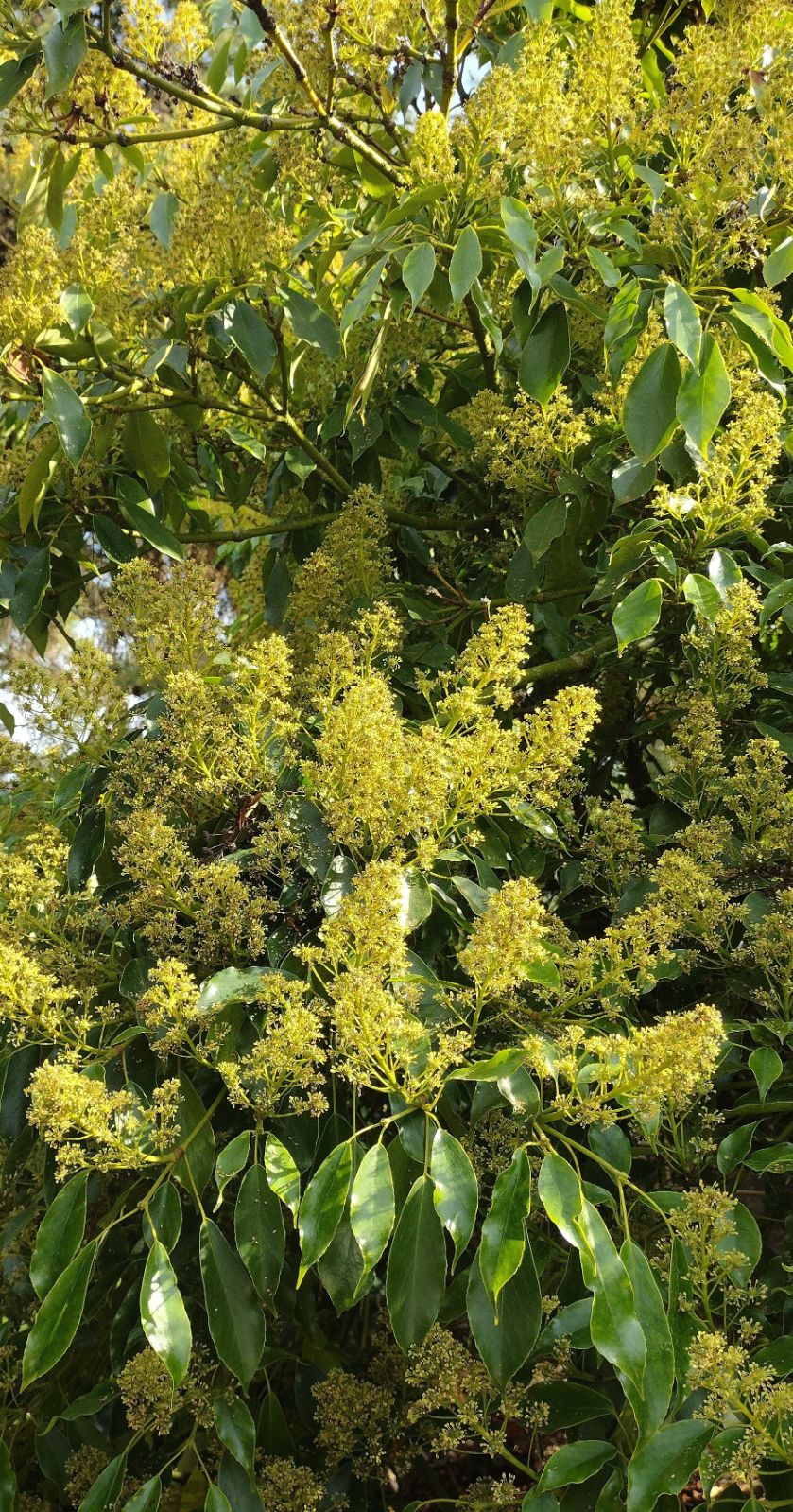Trochodendron
Sponsor
Kindly sponsored by
Fonden for Træer og Miljø, The Danish Foundation for Trees and Environment
Credits
Sven Bronckaers (2022)
Recommended citation
Bronckaers, S. (2022), 'Trochodendron' from the website Trees and Shrubs Online (treesandshrubsonline.
Family
- Trochodendraceae
A single extant species of tree or shrub 20–25 m tall, glabrous in all parts. Leaves evergreen, leathery, broad ovate to elliptic, crowded at the ends of the branches, almost in whorls around the terminal bud giving an umbrella-like appearance. Flowers apple-green or yellowish-green, star-shaped, bisexual, produced in racemose cymes, each bearing multiple flowers. Fruits pale green to dark green or brown, a ring of fused follicles containing multiple seeds. (Bean 1981; Andrews 2009).
Trochodendron is a monospecific genus with a single extant species, Trochodendron aralioides, distributed in Japan and Taiwan, however, fossilised remains of leaves and infructescences dating back to the middle Eocene (49–50 million years ago) show that there are several extinct species (Lin & Chiu 2018).
During the Eocene Trochodendron was only found in Western North America, but the Trochodendraceae was a more diverse group of plants than it is today; it now comprises only two genera, Trochodendron itself, and the Himalayan tree Tetracentron (Lin & Chiu 2018). Roughly 30 million year later (c. 20 million years ago, in the Miocene) Trochodendron was still present in North America but is now also found in Asia, evidenced by fossil remains found in Japan and the Russian far east (Kamchatka). Today, Trochodendron is reduced to a single species with a restricted distribution, confined to eastern Asia (Pigg, Wehr & Ickert-Bond 2001).
First described by Philipp Franz von Siebold and Joseph Gerhard Zuccarini in their publication of Flora Japonica (1835–1870), in botanical and horticultural literature the genus can be found in various families depending on the taxonomic insights of the time. It was originally placed in Magnoliaceae (Siebold & Zuccarini 1846) but later in Winteraceae, then Ternstroemiaceae, until 1888 when K. Prantl created the Trochodendraceae. At various times the following genera have been recognized within this family: Cercidiphyllum, Euptelea, Trochodendron, Tetracentron and Eucommia. Unlike all other living angiosperms Trochodendron, Tetracentron and Drimys are distinctive in having homoxylous wood. This is wood that lacks vessels elements, the water conducting tissue which is generally associated with angiosperms. Instead, they rely on tracheids, which transport water in another way through the plant as is normally seen in gymnosperms (Hinkley 2019). This absence of vessels has long been considered a very primitive character, resulting in a classification that saw Trochodendraceae placed in a basal position in the angiosperm clade (Andrews 2009).
However, recent genetic research by the Angiosperm Phylogeny Group (APG) has shown Trochodendraceae actually occupies a less basal position, not within the Magnoliids but early in the Eudicots, suggesting the absence of vessel elements is a secondarily evolved character, not a primitive one. In the current classification, APG III, Trochodendraceae is placed as the sole family in the new order of Trochodendrales; this sits between clades that include Proteaceae and Platanaceae on the one side, and Buxaceae on the other (Stevens 2001–2022). The family now includes Trochodendron and Tetracentron only, Tetracentraceae being fully synonymised with Trochodendraceae (Stevens 2001–2022).
Trochodendron is commonly called Wheel Tree as its name is derived from the Greek words trochos, which means wheel, and dendron, meaning tree. The flowers have numerous stamens spreading out like the spokes in a wheel, hence the name. The species epithet aralioides was chosen because of the resemblance, -oides, of the growth habit and flowers to the genus Aralia (Walker 1976).

